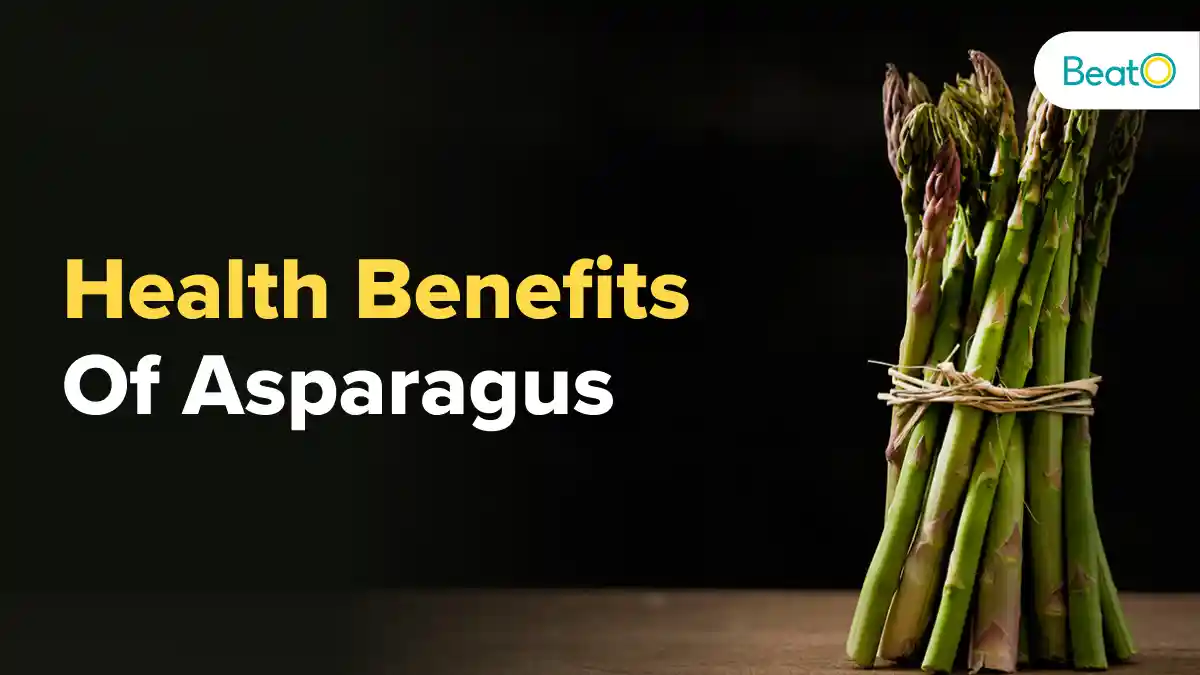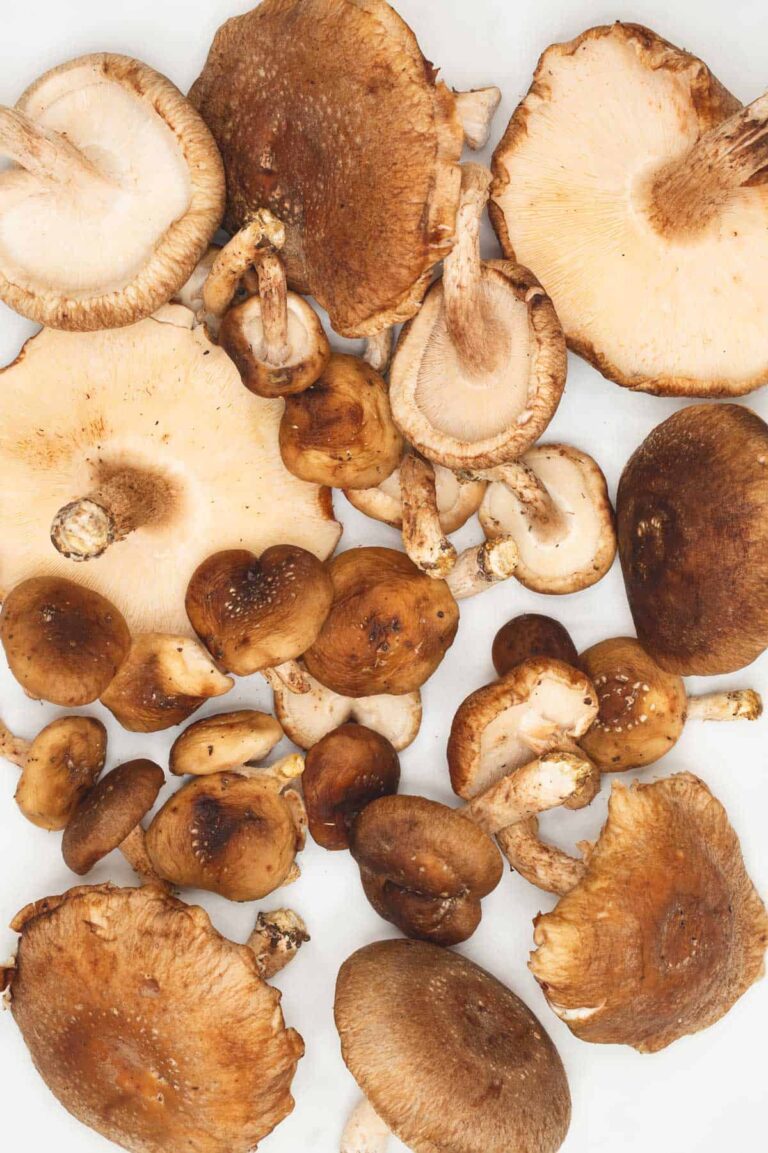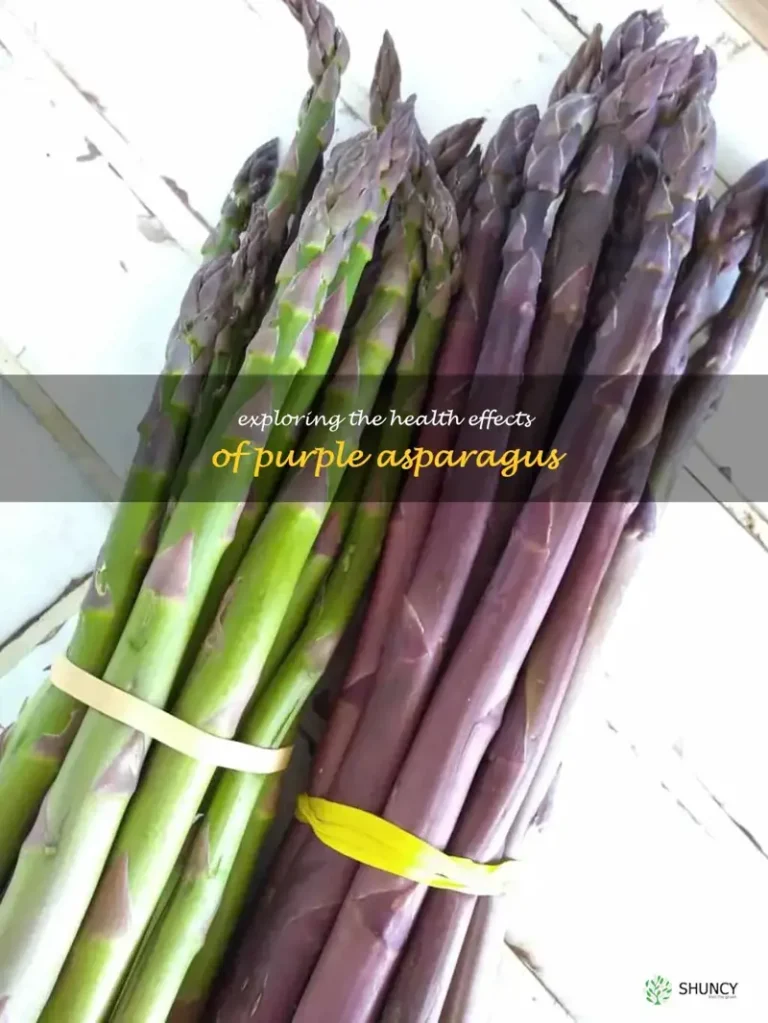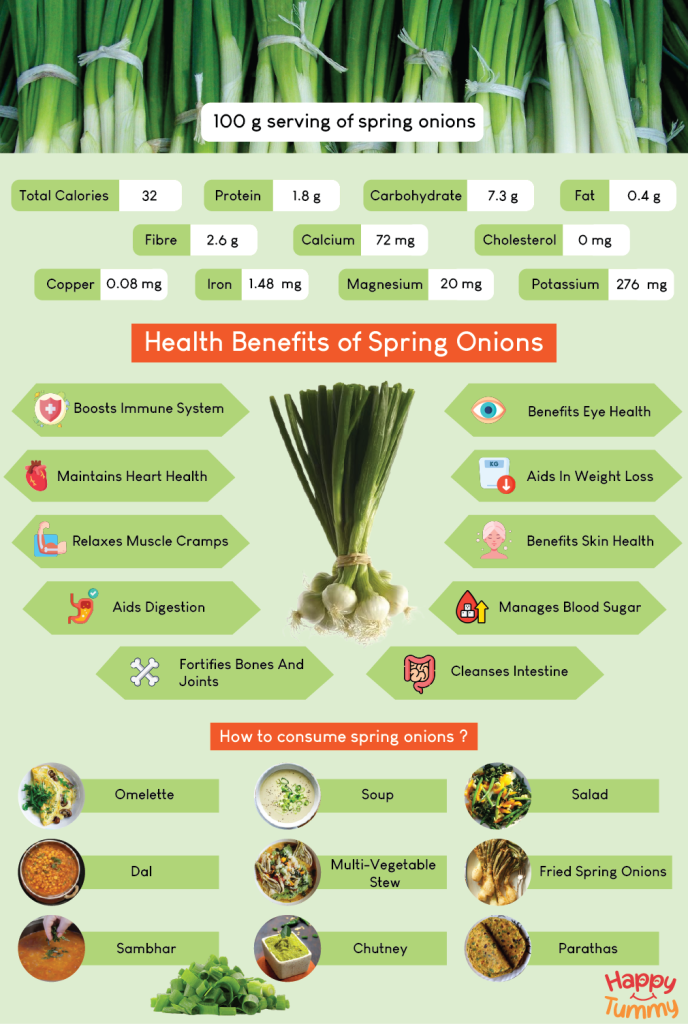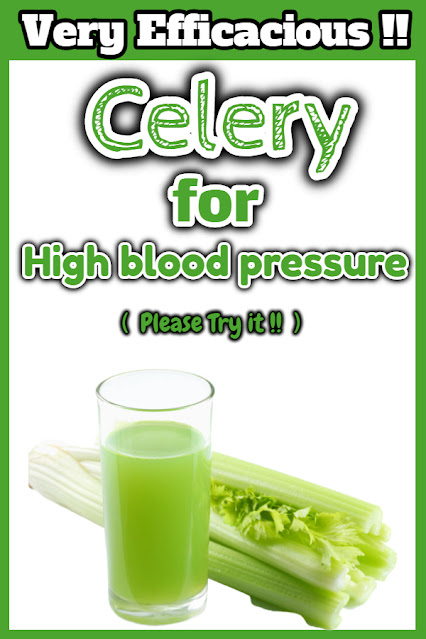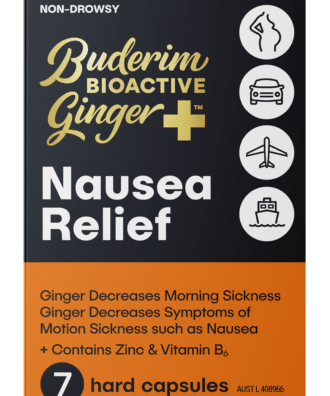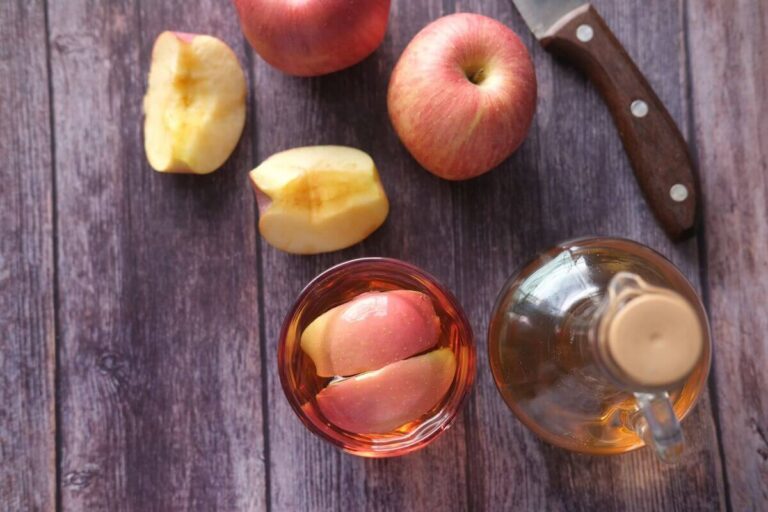The Verdant Sentinel: Unearthing Natural Blood Pressure Lowering with The Asparagus Connection
The human body is a masterpiece of intricate biological systems, a symphony of organs and processes working in concert to sustain life. Yet, this delicate balance is constantly challenged by the relentless march of modern existence – stress, sedentary lifestyles, and perhaps most insidiously, a diet increasingly divorced from the nourishing wisdom of nature. Among the myriad casualties of this disconnect, one silent assailant stands out: hypertension, or high blood pressure. It’s a condition so pervasive, so insidious in its lack of early warning signs, that it has earned the chilling moniker, "the silent killer."
For decades, the battle against hypertension has largely been waged in the realm of pharmaceuticals. A vast arsenal of medications exists, each designed to nudge or force the body’s intricate systems back into line. And while these interventions are undeniably life-saving for many, they often come with their own suite of considerations, from side effects to the lifelong commitment they demand. This reality has ignited a fervent quest for complementary, natural strategies – interventions rooted in the very substances that nourish us. It is in this fertile ground of inquiry that a humble, verdant spear, revered since antiquity, emerges as a surprisingly potent ally: asparagus.
Our journey into the asparagus connection is not merely a dry exposition of nutritional facts. It is a story – a narrative woven from the threads of ancient wisdom, modern science, and the profound, often overlooked, power of our daily bread (or in this case, our daily vegetable). It’s a story about reclaiming agency over our health, one mindful bite at a time, and understanding the elegant chemistry that underpins our well-being.
The Silent Scourge: Unmasking Hypertension’s Threat
To truly appreciate the elegance of natural blood pressure lowering, we must first confront the gravity of the problem. Hypertension affects an astounding one-third of adults worldwide, a staggering figure that translates into billions of individuals living under its shadow. Defined by persistently elevated pressure within the arteries – the vessels carrying blood from the heart to the rest of the body – it silently damages blood vessels and vital organs over time. The thresholds are stark: a systolic pressure (the top number, measuring pressure during heartbeats) consistently at or above 130 mmHg, or a diastolic pressure (the bottom number, measuring pressure between heartbeats) at or above 80 mmHg, signals trouble.
The risks associated with unchecked hypertension are terrifyingly diverse and debilitating. It is a primary driver of heart attack and stroke, the leading causes of death globally. But its destructive reach extends further, encompassing kidney disease, heart failure, peripheral artery disease, vision loss, and even vascular dementia. The insidious nature lies in its asymptomatic progression; often, the first sign of hypertension is a catastrophic event like a stroke, leaving its victims and their loved ones grappling with preventable devastation.
Against this backdrop, the medical community has understandably prioritized pharmacological interventions. Diuretics, beta-blockers, ACE inhibitors, ARBs, calcium channel blockers – each class of drug targets a specific physiological pathway to reduce blood pressure. They are powerful tools, indispensable for many. Yet, they are not without their limitations. Adherence can be challenging, side effects range from bothersome to severe, and they often address the symptoms rather than the root causes, necessitating lifelong use. This reality has spurred a critical shift in perspective, acknowledging that lifestyle modification isn’t just an adjunct to medication; it is often the foundational bedrock upon which true health restoration is built. And at the heart of this foundation lies diet.
The Body’s Delicate Balance: Sodium, Potassium, and the RAAS Tango
Before we delve into the specific merits of asparagus, it’s crucial to understand the fundamental physiological interplay that governs blood pressure. At its core, blood pressure regulation is a delicate dance between fluid volume, vascular tone, and a complex hormonal orchestra. Two electrolytes, sodium and potassium, are central to this choreography, often playing opposing roles in maintaining homeostasis.
Sodium: The Architect of Fluid Retention
Sodium, an essential mineral, plays a vital role in nerve impulse transmission, muscle contraction, and maintaining fluid balance. However, in the context of modern diets, its presence is often excessive. Processed foods, restaurant meals, and even seemingly innocuous packaged goods are frequently laden with sodium. When sodium intake is high, the body attempts to dilute it by retaining water, leading to an increase in blood volume. This expanded blood volume, in turn, exerts greater pressure on the arterial walls, elevating blood pressure. Furthermore, excess sodium can directly stiffen blood vessels, further exacerbating the problem. The Western diet, rich in processed fare, has effectively skewed our evolutionary sodium tolerance, turning a vital nutrient into a cardiovascular liability.
Potassium: The Counter-Regulatory Hero
Enter potassium, the unsung hero in the blood pressure narrative. Also an essential mineral, potassium works in elegant opposition to sodium, acting as its physiological antagonist. Its mechanisms of action are multifaceted and profound:
-
The Sodium-Potassium Pump: This fundamental cellular mechanism, present in virtually every cell, actively pumps three sodium ions out of the cell for every two potassium ions it pumps in. This creates an electrochemical gradient essential for nerve function and muscle contraction. Critically, it also helps maintain the delicate fluid balance within and around cells. Adequate potassium ensures this pump operates efficiently, helping to expel excess sodium.
-
Enhancing Urinary Sodium Excretion: One of potassium’s most direct effects is its ability to signal the kidneys to excrete more sodium through urine. By facilitating the removal of sodium, potassium indirectly reduces blood volume, thereby lowering blood pressure. It acts as a natural diuretic, but one that is exquisitely tuned to the body’s needs, unlike many pharmaceutical counterparts.
-
Promoting Vasodilation: Potassium plays a direct role in relaxing the smooth muscle cells lining blood vessel walls. This relaxation, known as vasodilation, widens the arteries, reducing the resistance to blood flow and consequently lowering blood pressure. This effect is thought to involve the activation of potassium channels in vascular smooth muscle cells.
-
Modulating the Renin-Angiotensin-Aldosterone System (RAAS): This complex neurohormonal system is one of the body’s primary regulators of blood pressure and fluid balance. When blood pressure drops, the kidneys release renin, initiating a cascade that ultimately leads to the production of angiotensin II (a potent vasoconstrictor) and aldosterone (a hormone that promotes sodium and water retention). Adequate potassium intake can help to temper the activity of the RAAS, particularly by modulating aldosterone secretion, thereby reducing its pro-hypertensive effects. This intricate feedback loop underscores potassium’s profound influence on systemic blood pressure regulation.
The modern diet’s tragedy is not just its sodium overload, but its potassium deficit. Our ancestors, subsisting on diets rich in fruits, vegetables, and whole grains, consumed far more potassium than sodium. Today, the ratio is often flipped, creating a chronic physiological imbalance that predisposes us to hypertension. The ideal sodium-to-potassium ratio is thought to be around 1:2 or even 1:3 (sodium to potassium), whereas the average Western diet often presents a ratio of 2:1 or even 3:1. Correcting this imbalance through dietary choices is a powerful, yet often overlooked, strategy.
Unearthing the Verdant Gem: The Asparagus Story
With this understanding of potassium’s pivotal role, we can now turn our attention to our verdant protagonist: asparagus ( Asparagus officinalis). This elegant vegetable, with its distinctive spears and unique flavor profile, has a history as rich and fascinating as its nutritional bounty.
A Culinary and Medicinal Heritage:
Asparagus is not a recent discovery. Its use dates back over 5,000 years, with evidence of its cultivation found in ancient Egypt. The Greeks and Romans revered it not only as a culinary delicacy but also for its perceived medicinal properties, particularly its diuretic effects. The Roman emperor Augustus was so fond of it that he established an "asparagus fleet" to transport it rapidly. Throughout the Middle Ages and Renaissance, it continued to be celebrated, often gracing the tables of royalty and the wealthy. Its very name, derived from the Greek "asparagos," meaning "sprout" or "shoot," speaks to its essence as a symbol of renewal and vitality.
A Nutritional Powerhouse:
Beyond its historical allure, asparagus stands out as a nutritional powerhouse, particularly relevant to our discussion of blood pressure lowering.
-
Potassium Prowess: This is where asparagus truly shines. A 100-gram serving (about 5-6 medium spears) of cooked asparagus provides approximately 200-250 milligrams of potassium. While a single serving might not match the potassium content of a banana (around 420 mg), asparagus’s low calorie count (20 calories per 100g) and its versatility make it an excellent vehicle for boosting potassium intake without excess energy. Consumed regularly and in larger portions, or as part of a potassium-rich diet, it contributes significantly to correcting the sodium-potassium imbalance.
-
Asparagusic Acid and Diuretic Effects: Asparagus contains a unique sulfur-containing compound called asparagusic acid, which is responsible for the characteristic odor in urine after consumption. While the exact mechanisms are still being fully elucidated, asparagus has long been associated with diuretic properties. By promoting increased urine output, it can help the body shed excess fluid and sodium, contributing to a reduction in blood volume and, consequently, blood pressure. This natural diuresis is a gentler, more physiologically aligned approach than many pharmaceutical diuretics, which can sometimes deplete other essential electrolytes.
-
Flavonoids and Phenolic Compounds: Asparagus is a rich source of various bioactive compounds, including a spectrum of flavonoids (like quercetin and rutin) and other phenolic compounds. These powerful antioxidants combat oxidative stress, a significant contributor to endothelial dysfunction (damage to the inner lining of blood vessels). Healthy endothelium is crucial for producing nitric oxide, a potent vasodilator that helps keep arteries relaxed and blood flowing smoothly. By protecting the endothelium, these compounds indirectly support healthy blood pressure. Quercetin, in particular, has been studied for its direct effects on vasodilation and its ability to modulate inflammation.
-
Saponins: Asparagus contains saponins, plant compounds that have been investigated for their various health benefits, including cholesterol-lowering and potential anti-inflammatory effects. While their direct impact on blood pressure is less clear, their overall contribution to cardiovascular health is noteworthy.
-
Fiber: Asparagus is an excellent source of dietary fiber, both soluble and insoluble. Fiber contributes to satiety, aids in weight management, and supports a healthy gut microbiome. A balanced gut microbiota can influence various metabolic pathways, including those related to inflammation and insulin sensitivity, both of which can indirectly impact blood pressure.
-
Folate (Vitamin B9): Asparagus is notably rich in folate, a B vitamin essential for DNA synthesis and repair. Folate plays a critical role in homocysteine metabolism. Elevated homocysteine levels are an independent risk factor for cardiovascular disease. By helping to keep homocysteine levels in check, folate contributes to overall cardiovascular health and may indirectly support blood pressure regulation.
In essence, asparagus isn’t just a potassium delivery system; it’s a comprehensive package of compounds that work synergistically. Its potassium content directly addresses the sodium-potassium imbalance, its diuretic properties aid in fluid management, and its antioxidants and anti-inflammatory compounds protect vascular health, creating a multi-pronged attack against the mechanisms that drive hypertension.
The Science Speaks: From Mechanism to Evidence
While the physiological mechanisms of potassium and the general benefits of plant-rich diets are well-established, specific research on asparagus and blood pressure, particularly in human trials, is still emerging. However, we can extrapolate confidently from several lines of evidence:
-
Meta-analyses on Potassium Intake: Numerous large-scale meta-analyses, synthesizing data from dozens of clinical trials, have consistently demonstrated that increased dietary potassium intake is associated with lower blood pressure, especially in individuals with hypertension. The effect is often dose-dependent, meaning greater potassium intake leads to greater reductions. The recommended daily intake for potassium for adults is around 4,700 mg, a target few Americans meet. Foods like asparagus are crucial in bridging this gap.
-
The DASH Diet: The Dietary Approaches to Stop Hypertension (DASH) diet is perhaps the most compelling real-world evidence of the power of food. This dietary pattern, consistently ranked as one of the healthiest, emphasizes fruits, vegetables, whole grains, and lean protein while limiting sodium, sugary drinks, and red meat. A cornerstone of the DASH diet is its high potassium content, naturally derived from its abundance of plant foods, including vegetables like asparagus. Studies have shown that the DASH diet can significantly lower blood pressure, often comparable to single-drug therapy, and can reduce the risk of cardiovascular events. Asparagus fits seamlessly into this proven framework.
-
Animal and In Vitro Studies: While human trials specifically on asparagus and blood pressure are limited, animal studies have shown promising results. For instance, research on rats has indicated that extracts from asparagus can exert antihypertensive effects, potentially due to their diuretic and vasorelaxant properties. In vitro (test tube) studies have explored the antioxidant and anti-inflammatory potential of asparagus compounds, demonstrating their ability to protect endothelial cells and modulate pathways related to vascular health.
It’s important for a knowledgeable audience to understand that while a direct, large-scale randomized controlled trial proving "asparagus lowers blood pressure" might not yet exist, the scientific underpinnings are robust. Asparagus is a highly concentrated source of potassium, a compound unequivocally linked to blood pressure reduction. It also contains a suite of other bioactive compounds with known cardiovascular benefits. Therefore, incorporating asparagus into a diet already structured around the principles of the DASH diet or other heart-healthy patterns provides a strong, evidence-based approach to natural blood pressure management. The story of asparagus is not just about a single compound, but about the synergistic symphony of nutrients it offers, all playing a role in the intricate dance of cardiovascular health.
Integrating Asparagus into a Heart-Healthy Lifestyle: A Practical Narrative
The story of natural blood pressure lowering isn’t just about scientific mechanisms; it’s about practical application, about weaving these insights into the fabric of daily life. Asparagus, with its versatility and relatively mild flavor, makes this integration remarkably easy.
Beyond the Spear: A Holistic Blueprint
While asparagus is a potent ally, it is part of a larger narrative of holistic health. A truly effective natural blood pressure lowering strategy embraces several interconnected pillars:
-
Dietary Diversity: While boosting potassium with foods like asparagus is key, remember the broader dietary context. Emphasize a wide variety of other potassium-rich foods (leafy greens, potatoes, sweet potatoes, beans, lentils, avocados, bananas, oranges). Prioritize whole, unprocessed foods, lean proteins (fish, poultry, legumes), and healthy fats (olive oil, nuts, seeds). Critically, drastically reduce sodium intake by avoiding processed foods, limiting restaurant meals, and cooking at home with herbs and spices instead of salt.
-
Regular Physical Activity: Exercise is a powerful natural vasodilator and stress reducer. Aim for at least 150 minutes of moderate-intensity aerobic activity or 75 minutes of vigorous-intensity activity per week, coupled with strength training.
-
Stress Management: Chronic stress elevates cortisol and activates the sympathetic nervous system, leading to increased heart rate and vasoconstriction. Practices like meditation, yoga, deep breathing exercises, spending time in nature, and adequate sleep are vital for mitigating this effect.
-
Weight Management: Excess body weight, particularly abdominal obesity, is a significant risk factor for hypertension. Even modest weight loss can yield substantial blood pressure reductions.
-
Limiting Alcohol and Quitting Smoking: Both excessive alcohol consumption and smoking are direct contributors to hypertension and cardiovascular disease.
Embracing Asparagus: Culinary Inspirations
Incorporating asparagus into your diet is a culinary delight. Its season, typically spring, is a cause for celebration, but frozen asparagus offers a year-round option without significant loss of nutrients.
- Simple Roasting: Toss spears with a drizzle of olive oil, a squeeze of lemon, and a pinch of black pepper, then roast at 400°F (200°C) until tender-crisp. This brings out its natural sweetness.
- Steamed or Blanched: A quick steam or blanch preserves its vibrant color and delicate texture, perfect as a side dish.
- Grilled: For a smoky flavor, grill asparagus alongside your favorite protein.
- In Salads: Chop raw or lightly blanched asparagus into salads for a refreshing crunch and nutritional boost.
- Omelets and Frittatas: A fantastic addition to breakfast or brunch.
- Soups and Stir-fries: Adds texture and nutrients to Asian-inspired dishes or creamy spring soups.
- Asparagus Pesto: A unique twist on traditional pesto, offering a verdant, nutrient-dense sauce for pasta or sandwiches.
Important Caveat for a Knowledgeable Audience:
While potassium is beneficial for most, individuals with kidney disease, particularly advanced stages, must be cautious with potassium intake. Impaired kidney function can lead to potassium accumulation, which can be dangerous (hyperkalemia). Such individuals should always consult their physician or a registered dietitian before significantly increasing their intake of potassium-rich foods, including asparagus. For the vast majority of people with healthy kidneys, however, increasing dietary potassium is a safe and highly effective strategy.
The Grand Narrative: A Call to Agency and Natural Harmony
The story of natural blood pressure lowering, epitomized by the humble asparagus, is a profound one. It is a narrative that speaks to the innate intelligence of the human body and the unparalleled power of nature’s pharmacy. It challenges the prevailing paradigm that often sees health as a battlefield requiring aggressive pharmacological intervention, and instead posits that much of what ails us can be addressed by reconnecting with fundamental principles of nutrition and lifestyle.
The silent killer, hypertension, is a formidable foe. Yet, the tools to combat it, or even prevent it, are often found not in complex chemical compounds, but in the simple elegance of a spear of asparagus, a brisk walk, or a moment of mindful breathing. Asparagus, with its potassium prowess, its array of protective compounds, and its rich history, serves as a potent symbol of this truth. It reminds us that our health is not merely a consequence of fate or genetics, but a dynamic, ongoing conversation between our bodies and the choices we make, bite by bite, day by day.
To embrace the asparagus connection is to embrace personal agency, to recognize that the power to cultivate well-being often lies within our own kitchens and our own hands. It is a story of hope, offering a delicious, verdant path towards a healthier heart, a sharper mind, and a life lived free from the silent, insidious threat of high blood pressure. Let us heed the wisdom of antiquity and the insights of modern science, and allow the verdant sentinel to guide us towards a future of natural harmony and robust health.
